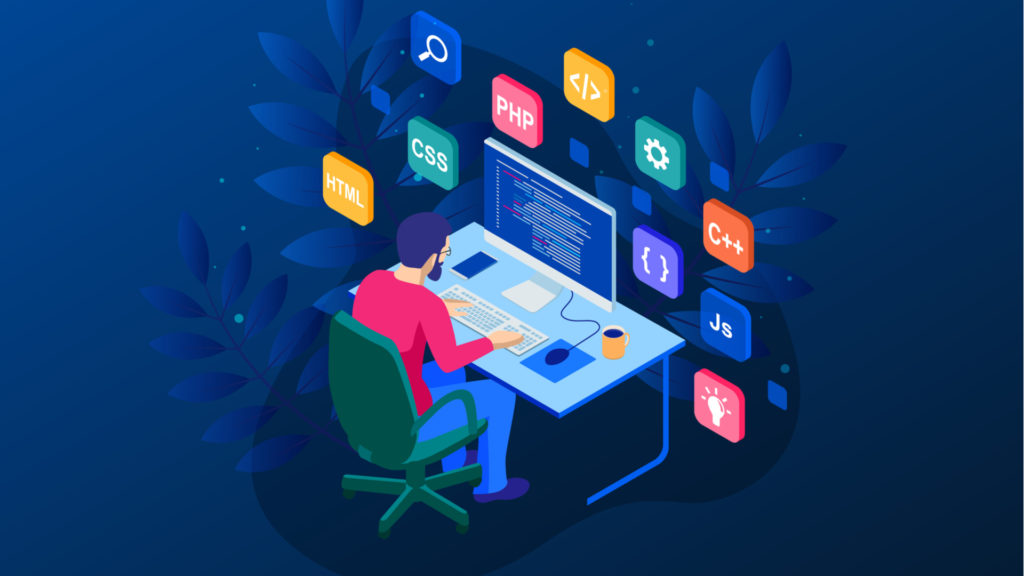Programming

Introduction
You’ve probably heard the term “programming language” before, but do you know what it actually is? In essence, a programming language is a system of notation for writing computer programs. Most programming languages are text-based formal languages, but they may also be graphical now.

Introduction to Programming Languages
Programming languages are the foundation of computer programming. They are the systems of notation used to write computer programs. Most programming languages are text-based formal languages, but they may also be graphical here.
Programming languages are generally divided into two main categories: low-level and high-level. Low-level programming languages are closer to the hardware of the computer, while high-level programming languages are more abstract and easier to use.
Which programming language you choose to learn depends on your goals and interests. With so many options available, it can be difficult to decide which language to learn first.
Types of Programming Languages
There are two main types of programming languages: text-based and graphical.
Text-based programming languages are the original kind. They use text symbols to represent instructions that the computer can understand. This might seem like a thing of the past, but text-based programming languages are still in use today. They’re popular for creating system utilities and for writing scripts that automate tasks.
Graphical programming languages, on the other hand, use graphical symbols to represent instructions. This makes them more user-friendly, as you can see what your program is doing as you’re creating it. They’re often used for creating multimedia applications and games.
Features and Advantages of Programming Languages
There are many different programming languages, each with its own sets of features and advantages.
One of the key benefits of using a programming language is that it can help you to communicate your ideas more effectively. By using a formal language, you can be precise and concise in your code, which makes it easier for others to understand your program.
Programming languages can also help to improve the quality of your code, making it more reliable and easier to maintain. Additionally, they can provide a level of abstraction that makes it easier to work with complex data structures.
Finally, most programming languages also come with comprehensive standard libraries that give you access to a wide range of functions and algorithms. This can save you time and effort when writing code now.
Popular Programming Languages and Their Uses
When it comes to programming languages, there are a number of different options that are popular today. Depending on the type of project you’re working on, you’ll want to choose the language that’s best suited for the task.
For example, if you’re developing web applications, JavaScript is a great choice. It’s extremely versatile and can be used both server-side and client-side to create dynamic websites. Python is another popular language for web development due to its clear syntax and ease of use.
C and C++ are commonly used for creating desktop applications as well as gaming platforms. Their low-level features make them ideal for these purposes. Java is also often used for developing Android applications or creating software tools or libraries.
Whatever type of project you’re working on, there’s a language available to give you the features you need to make it successful. Don’t be afraid to try out different languages until you find one that works best for your project!
How to Choose a Programming Language
When it comes to choosing a programming language, the decision can often be overwhelming. There are hundreds of different languages to choose from, each offering their own advantages and disadvantages.
The best way to decide which language is right for you is to think about what project you’re going to work on and what your overall goals are. For example, if you’re working on a web project, then you might want to go with a language like JavaScript or Python. If you’re developing mobile apps, then Java or Swift may be more suitable. On the other hand, if your goal is to learn about artificial intelligence or machine learning, then you might want to try out languages such as R or Prolog.
It really boils down to what kind of programs you plan on writing and how familiar you are with the language. Don’t be afraid to experiment with different languages until you find one that best meets your needs—it could open up new possibilities and experiences that weren’t available before!
Tools and Resources for Learning Programming Languages
One way to learn a programming language is by taking an online course. Udemy and Coursera are two popular websites that offer a range of courses for all levels. You can choose from beginner to advanced courses on specific programming languages such as Python and Java.
Another great option is to join an online community or forum where people share tips and advice about coding. Here, you can ask questions, read tutorials, and get help with any problems you may encounter along the way. Reddit’s “LearnProgramming” subreddit is a great place to start if you’re new to coding.
Finally, don’t forget about books! There are plenty of books out there that provide comprehensive guides on how to get started with programming languages, such as Programming Language Pragmatics by Michael L Scott or Head First C# by Chris Pine and Andrew Stellman.
Conclusion
In other words, computer programs are written in specific programming languages so that the computer can understand and carry out the instructions.
There are many different programming languages, and each one has its own strengths and weaknesses. The best language for a particular project depends on the needs of the project and the skills of the programmer.
Programming is a challenging but rewarding activity, and it’s a great way to learn about computers and software. If you’re interested in learning to program, there are many resources available online and in your local community.
Contact us

Pak Address:
Johar Town H Block lahore, Pakistan
amnakhank22@gmail.com

+92 316 5544991